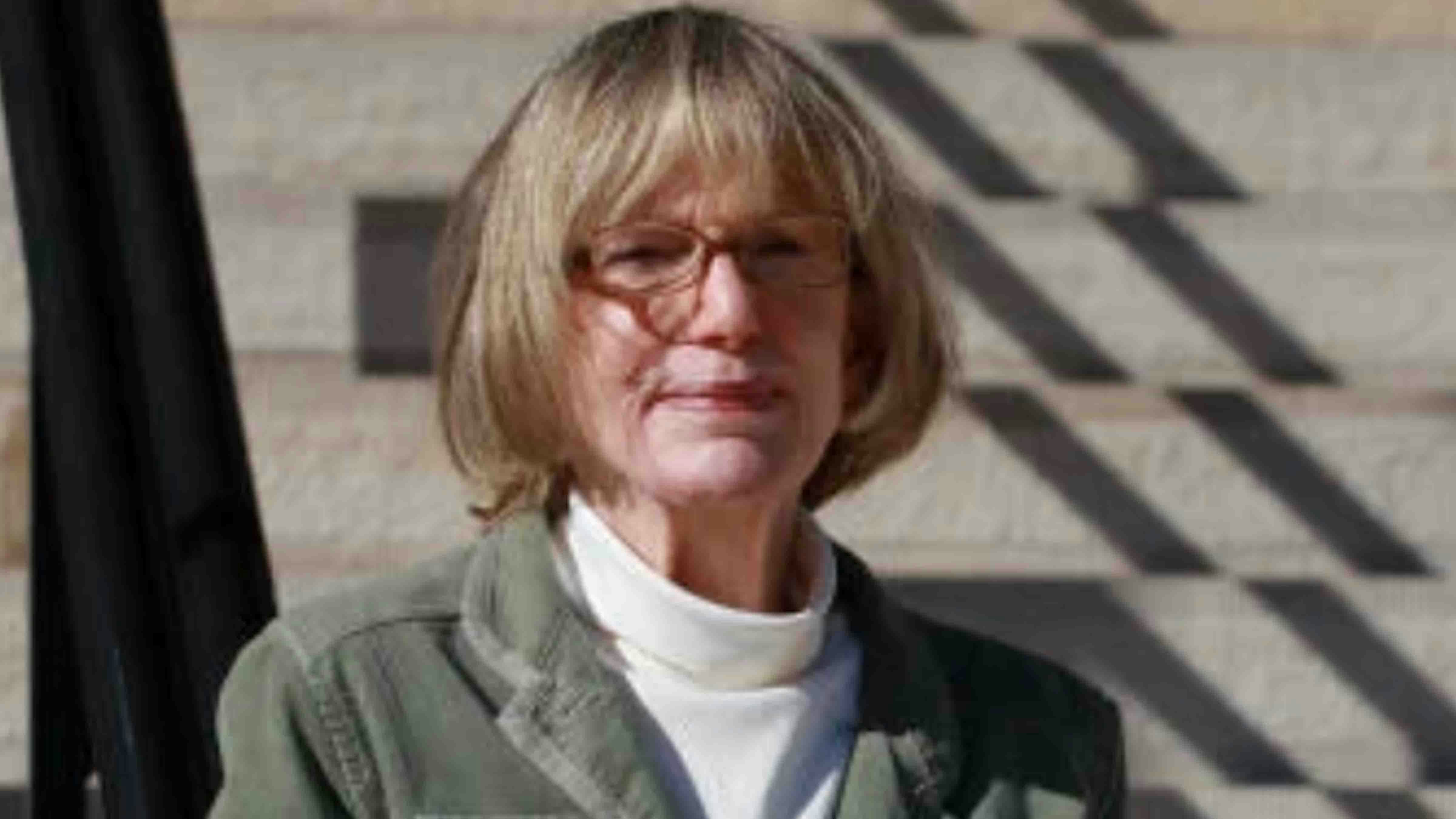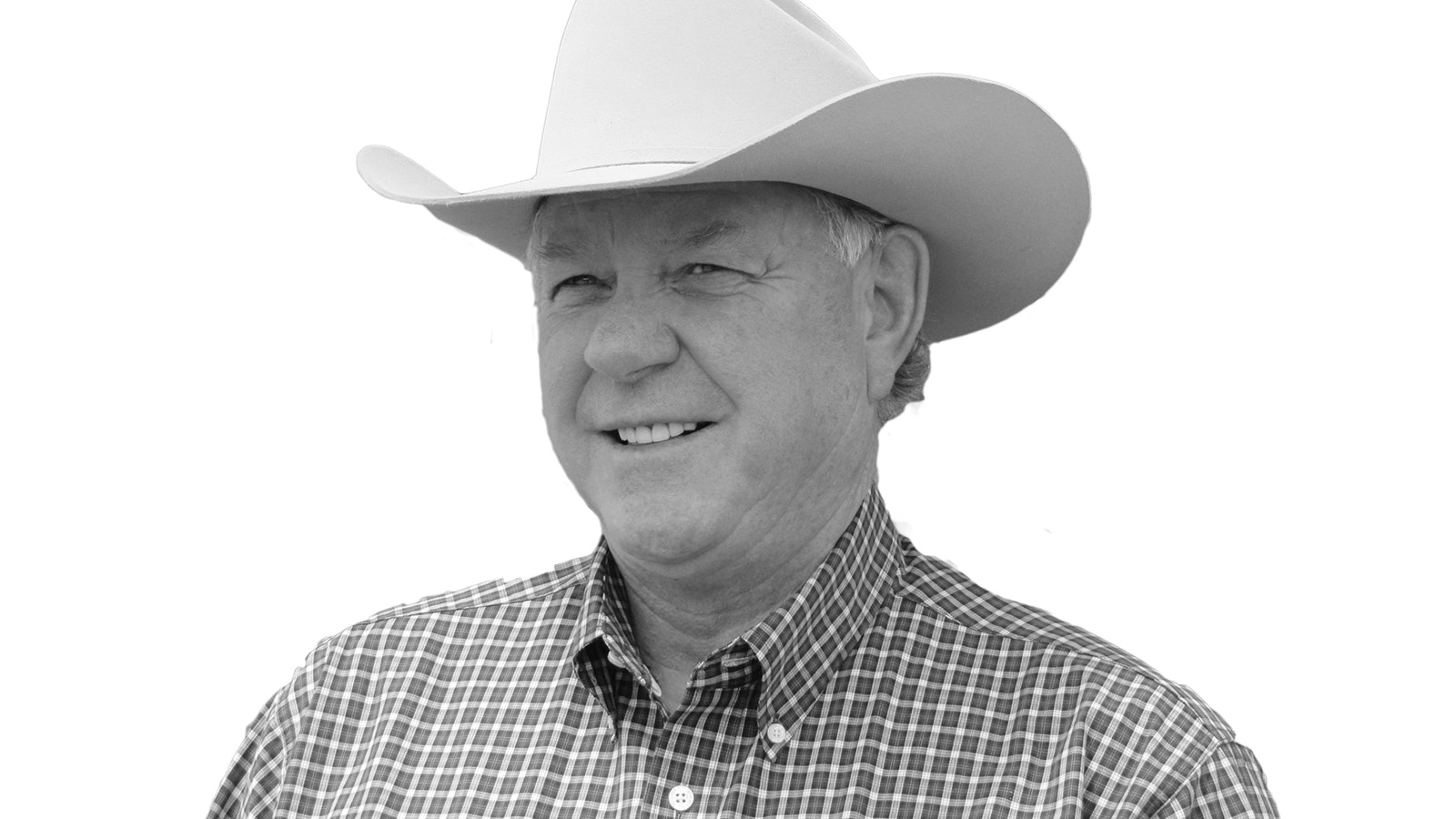Nothing in this column is meant as advice.
We get more serious about foraging every year. The first year we tried it, we sprinkled dandelion greens on our sandwiches. The second year, we made spruce tea. Now my four sons and I race from the house in thirsty sockless sneakers with canvas pouches looped around our necks, nosing along the wild fuzzy hills for mustard seeds, cactus blossoms and Russian thistle sprouts.
You can’t pick the Indian paintbrush because it’s the Wyoming state flower, according to my middle-born son.
“But its blossoms are edible,” I protest.
“Mom,” says Middleborn, as serious as a raven, “you wouldn’t like it in jail.”
I doubt I’ll go to jail for poaching flowers, but I do all I can to uphold Middleborn’s occasional reverence for law and order.
The Indian paintbrush isn’t the state flower in Colorado, so there’s nothing but high gas prices stopping me from loading up the boys, heading south, and harvesting a whole crop of dainty blossoms. And when a lawman pulls us over on I-80 with a trunk-full of plants, I’ll say “trust me officer, it was legal in Colorado.”
But there’s plenty to forage right here in Wyoming. The lilacs taste terrible but they make a fine garnish. The blue mustard blooms taste of radishes. The dandelion roots can, reportedly, be plucked, washed, toasted, and ground into coffee, though I’ve never had the patience to test the theory.
Then there’s the wild onion: Curse of my sanity – trophy of my appetite.
“Before they flower, wild onion plants strongly resemble death camas, a plant that also has a bulb but is deadly if any part is eaten,” reads a foraging handbook by expert weed-eater Caleb Warnock.
Not just deadly: the death camas is the deadliest plant in the West. Poison symptoms include vomiting, excessive salivation, tremors, weakness, loss of muscle control, convulsions, coma, and death.
Pretty flowers, though.
I admit, something in me wanted desperately to test the effects of the death camas. I wondered just how much it would take to sicken or kill me. Could get away with nibbling a leaf or a petal? Could I build a slow immunity and become the only human being living on death camasses?
Even in the finest stages of life, there’s a dark cooing chord of the human soul that longs to taunt death, to stand up to it.
Middleborn and I hiked a three-mile loop this week in the rain, popping wild onion bulbs from the mud with the butt-end of my knife. On our way home the slope spit us into a sprawling lowland near the canal.
And there were the death camasses.
Middleborn plucked them all and bore them home in a muddy bouquet in both arms, so that none of the neighbors’ cows would have to die. Ever.
I bit my lip and thought of the meatloaf in the oven.
Once home, we laid the death camasses and wild onions in separate piles on the countertop while the other three boys oohed and aahhed around us.
“Hold out your hands, touch the leaves,” I urged. “Smell the bulbs. Learn the differences.”
The Husband walked into the kitchen and found us with our hands and noses buried in towering heaps of weeds, sniffing wetly through the mud.
“What’s going on in here?” he asked.
“Mom’s showing us the poison!” chirped the little, feisty twin.
The Husband backed slowly out of the kitchen. I popped an onion bulb into my mouth. The boys’ eyes widened until they resembled the love-gaze of a catfish.
“Mom, NO!” begged Middleborn.
“It’s OK,” I purred. “It’s a wild onion, I promise.”
“But what if it’s not?”
“Well, then, I only ate one. You can watch me for symptoms the rest of the evening,” I said.
“She’s gonna DIE!” bellowed Middleborn. “Take the camas to the ‘mergency room so they can make an antidote!”
Middleborn stuffed a death camas into his pocket.
“I am NOT gonna die,” I said. “I’d lose control of my bowels long before that point.”
All four boys took a step away from me.
The clock ticked, plucked up its courage, and ticked again. I didn’t die.
Carefully, Firstborn and I scooped up the death camasses and carried them to the dumpster. We then shelled the wild onions from their fibrous brown husks and packed them into a Tupperware, while Firstborn absentmindedly drew figure eights on his inner calf with his big toe, the way he has since toddlerhood.
Middleborn watched me with his wide green eyes. I still hadn’t died.
We lured The Husband back into the dining area with meatloaf, had a nice dinner, and finished the evening with a board game and a brutal argument about whether salamanders get married.
I tucked Middleborn into bed last.
“Mom. Why were you OK with eating the death camas?” he asked.
“Because I knew it was a wild onion,” I murmured back.
“Would you ever eat a death camas?”
I thought for a moment.
I thought of Middleborn, how he still “borrows” my knuckle to scratch his nose. And Firstborn, how he can be coaxed into my arms when he’s gushing about the evolution of army tanks. And the twins, how they argue that the other “no, not me,” should have the last piece of watermelon.
“No,” I said, stroking his downy temple with the side of my finger. “I’d never eat a death camas.”





